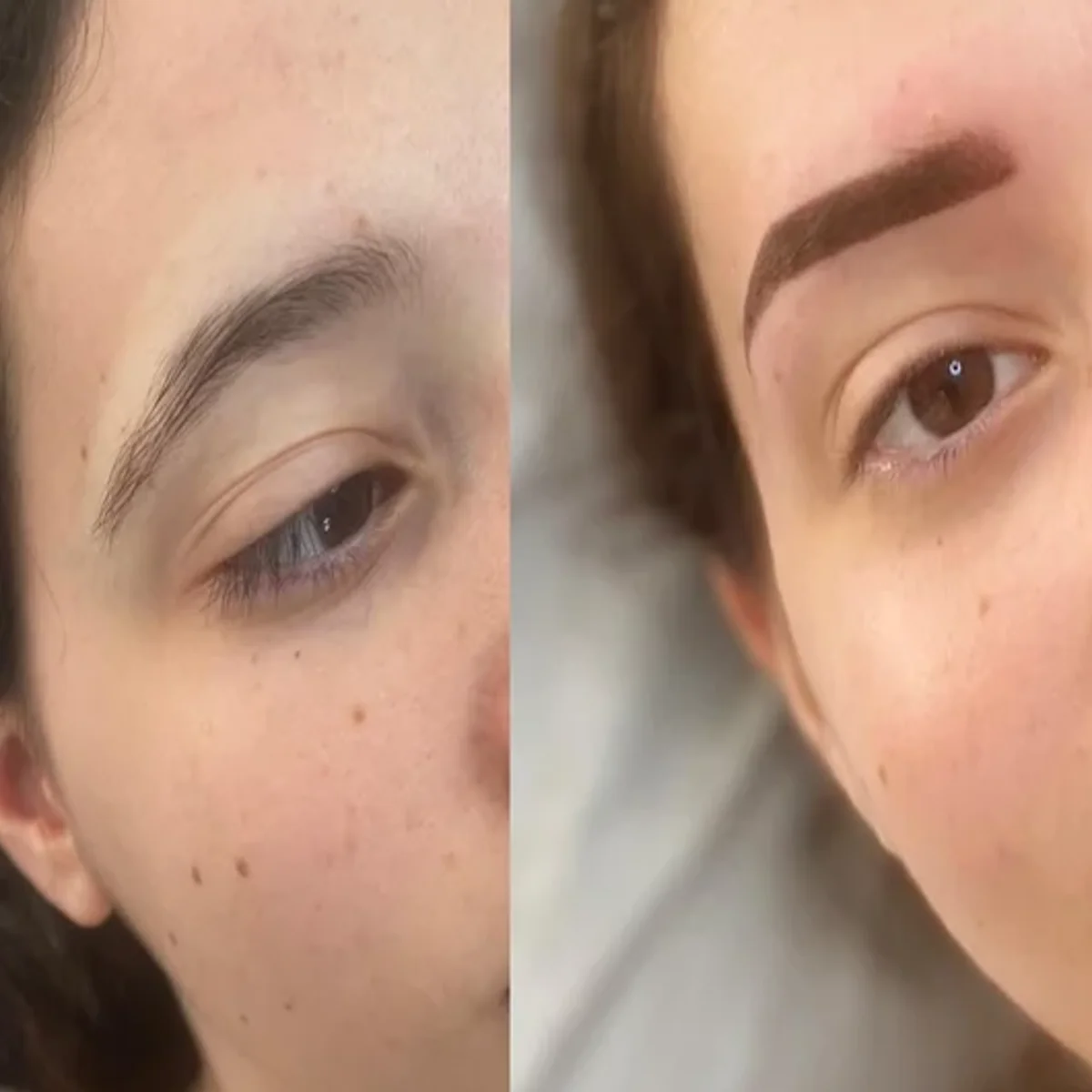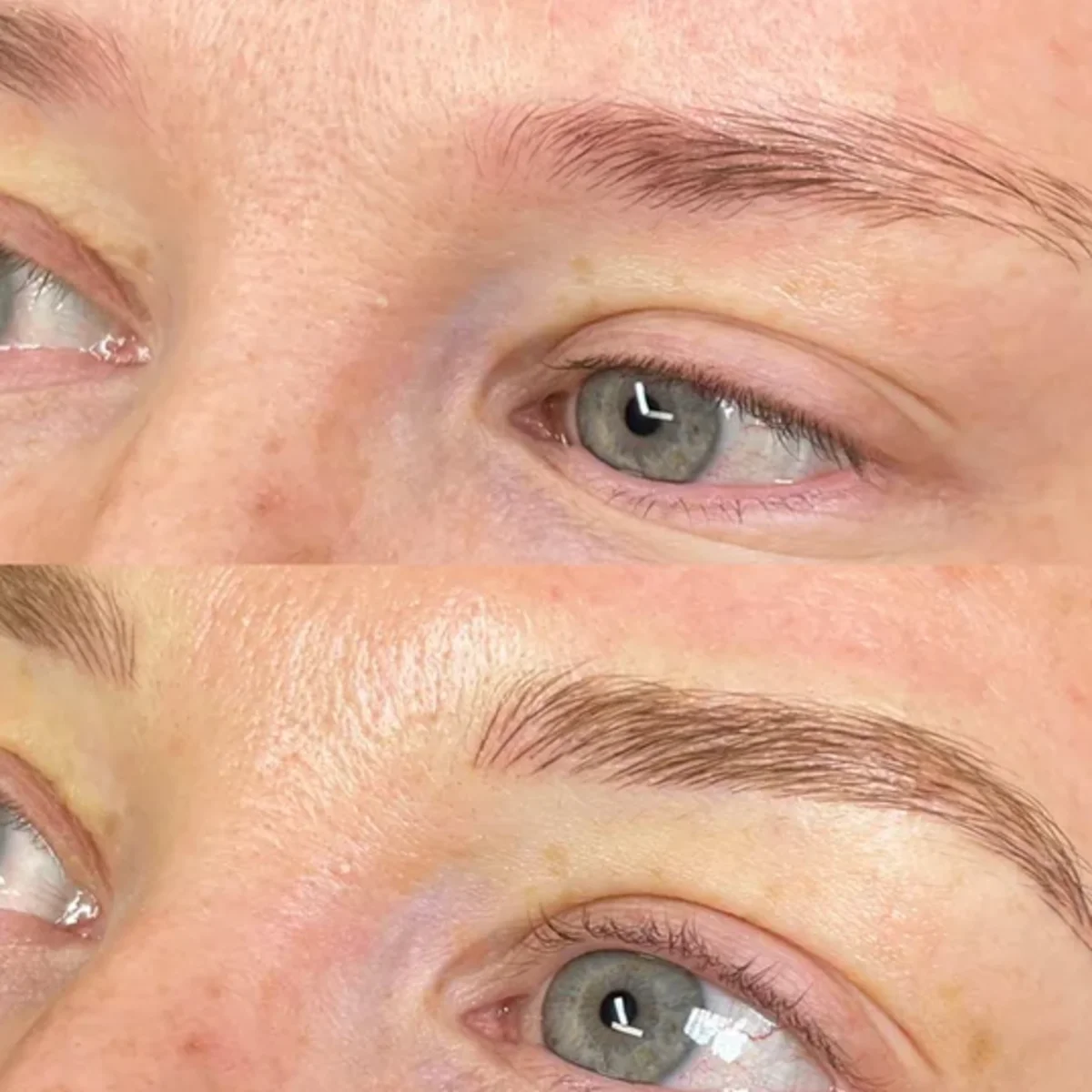Microblading eyebrows is a cosmetic procedure that is used to enhance and shape eyebrows. It can be beneficial for those looking to achieve fuller-looking brows. Let’s delve into what microblading is, its applications, and its advantages.
What is Microblading?
Microblading is a technique that involves semi-permanent tattooing on the eyebrows to create the illusion of fuller and more defined brows, making it an option for individuals with sparse eyebrows.
Some individuals invest time and money in shaping their eyebrows through various methods, such as plucking, waxing, threading, and filling them in. For those seeking a more lasting solution, microblading offers a semi-permanent option that remains unaffected by changing eyebrow trends.
How does it work?
Microblading eyebrows is a semi-permanent cosmetic procedure in which pigment is manually deposited into the skin, creating hair-like strokes. Touch-ups are recommended every 1-2 years to prolong the results.
What can be anticipated during the treatment?
The process of microblading can last up to 2 hours. Before starting, eyebrow mapping is done to measure and outline the desired shape. Numbing cream is applied to the area to reduce discomfort. The artist then creates tiny hair-like strokes to achieve a natural-looking brow.
Numbing cream is used during microblading, which can be slightly uncomfortable but generally tolerable. Following the procedure, it is important to keep your newly microbladed eyebrows dry for 10 days. This can make showering, hair washing, and working out a bit challenging. To help with this, I suggest using microblading face shields in the shower, especially for those who wash their hair often.

Your new brows may appear bolder and darker during the first few days. Flaking and scabbing may occur around days 4-5. It is crucial not to pick at these flakes or scabs as they can cause pigment loss in those areas.
The healing process for cosmetic tattooing typically takes about a month, as it takes the skin approximately 30 days to fully regenerate. It is recommended to schedule a touch-up appointment 6 weeks after the initial appointment to make any necessary adjustments.
